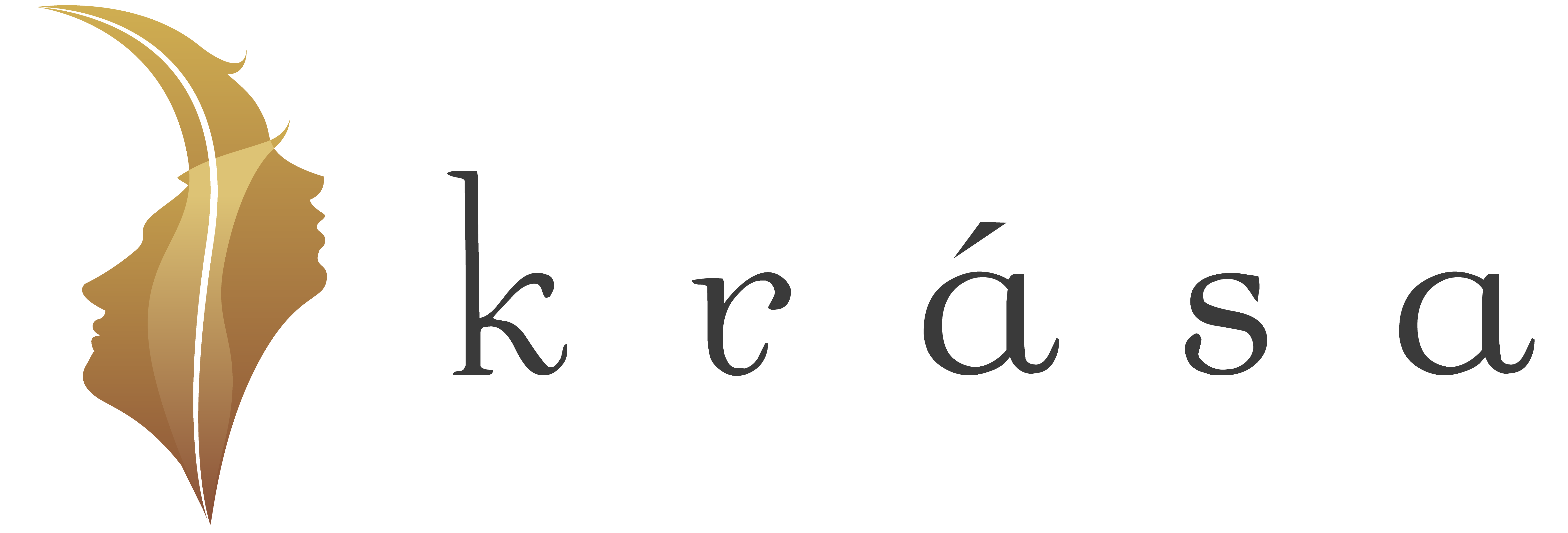Ayurveda, the ancient Indian system of medicine, emphasizes a holistic approach to health and wellness. The concept of balancing the three doshas—Vata, Pitta, and Kapha—is central to Ayurvedic treatment. In this blog, we will focus on Vaat, one of the three doshas, and explore how cannabis can be used to balance Vaat and improve overall health.
Vaat, also known as air or wind, is the force that governs movement in the body. It is responsible for regulating our nervous system, digestion, and circulation. When Vaat is out of balance, it can lead to various physical and mental health issues, such as anxiety, insomnia, constipation, and joint pain.
Ayurveda, the ancient Indian system of medicine, emphasizes the importance of maintaining balance in the body to achieve optimal health. Vaat, one of the three doshas or biological energies in Ayurveda, is said to be the root cause of several physical and mental disorders when imbalanced. Vaat governs movement, circulation, and communication in the body, and its imbalances are often manifested as joint pain, arthritis, headaches, migraines, anxiety, and depression.
In recent years, there has been a growing interest in using cannabis as a therapeutic agent to treat various health conditions, including those related to Vaat imbalances. Cannabis contains compounds called cannabinoids, which interact with the endocannabinoid system in the human body to produce various physiological and psychological effects. While some of these effects can be therapeutic, it is important to understand that not all strains of cannabis have the same effects and that the optimal strain and dose can vary depending on the individual’s unique needs.
To achieve optimal health through cannabis therapy, it is important to understand how to balance Vaat and incorporate cannabis in a way that is tailored to the individual’s unique needs. In this blog post, we will explore the concept of Vaat imbalances and how cannabis can be used to achieve balance and optimal health.
The first step in balancing Vaat is to understand the individual’s unique needs. This involves taking into consideration the patient’s age, weight, overall health, previous experience with cannabis, current medications, and lifestyle. A thorough evaluation of the patient’s symptoms and health conditions is also essential to determine the best approach for using cannabis to balance Vaat.
Once the individual’s needs have been evaluated, the next step is to determine the optimal strain and dose of cannabis. This can be done by consulting a licensed healthcare professional or a cannabis specialist who has expertise in Ayurveda. The right strain and dose of cannabis can have a significant impact on the patient’s health and well-being, so it is important to choose carefully.
In addition to selecting the right strain and dose, it is also important to understand the proper administration method. Cannabis can be ingested in several ways, including inhalation, oral consumption, topical application, and rectal administration. The optimal administration method will depend on the individual’s unique needs and health conditions, as well as their personal preferences.
Once the right strain, dose, and administration method have been determined, the next step is to incorporate cannabis into a daily routine in a way that supports Vaat balance. This can be done by incorporating the cannabis therapy into a daily routine or dincharya, which is the Ayurvedic practice of establishing a daily routine to promote balance and optimal health. A daily routine can include activities such as meditation, yoga, exercise, and healthy eating habits, as well as cannabis therapy.
In conclusion, cannabis therapy can be a powerful tool for balancing Vaat and achieving optimal health. However, it is important to understand that not all strains and doses of cannabis will have the same effects and that the optimal approach will depend on the individual’s unique needs. By consulting a licensed healthcare professional or a cannabis specialist who has expertise in Ayurveda, individuals can achieve optimal health and well-being through a personalized and holistic approach to cannabis therapy
Research has shown that cannabis has a calming effect on the body, which can help reduce anxiety, a common symptom of Vaat imbalances. It also has anti-inflammatory properties, making it effective in managing joint pain and other physical symptoms of Vaat imbalances. Additionally, the use of cannabis can help improve sleep, which is essential for overall health and well-being.
When using cannabis for Vaat imbalances, it is important to approach it with the same holistic principles as Ayurveda. This means taking into account the patient’s individual health condition(s), symptoms, previous experience with cannabis, current medications, age, weight, and overall health, as well as their preferences and lifestyle.
It is also important to remember that while cannabis can be beneficial in balancing Vaat, it should be used under the guidance of a healthcare professional and in conjunction with other Ayurvedic treatments. This will help ensure that the patient receives the maximum benefits of both Ayurveda and cannabis.
In conclusion, combining Ayurveda and cannabis can be an effective approach to balancing Vaat and improving overall health. By taking a holistic approach and using cannabis under the guidance of a healthcare professional, patients can experience the benefits of both ancient and modern medicine
